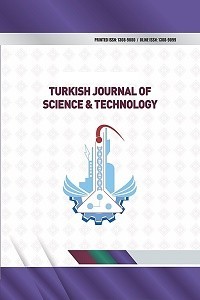Determination of amounts of some vitamin B groups in domestic wastewater treatment plants
Determination of amounts of some vitamin B groups in domestic wastewater treatment plants
Wastewater, Treatment, Vitamin B, Water, Sewage Sludge,
- ISSN: 1308-9080
- Başlangıç: 2009
- Yayıncı: Fırat Üniversitesi
Chlorella vulgaris’in gelişimi, protein miktarı ve pigment içeriği üzerinde fotoperiyodun etkisi
G. KENDIRLIOGLU, N. AGIRMAN, A. K. CETIN
A new filter in residuated lattices
Arsham Borumand SAEİD, Saeide ZAHİRİ, Manijeh POURKHATOUN
Effect of date flesh fiber concentrate addition on bread texture
C. BORCHANI, C. BLECKER, H. ATTIA, M. MASMOUDI, S. BESBES
Determination of amounts of some vitamin B groups in domestic wastewater treatment plants
Fatih SELİMOĞLU, Erdal ÖBEK, Fikret KARATAŞ, E. İşıl ARSLAN, Şule YÜKSEL TATAR
Türkiyedeki Yedi Türkiyedeki Yedi Trifolium L. Üzerine Karyolojik Notlar
Y. KIRAN, A. ŞAHİN, İ. TÜRKOĞLU, İ. EMRE, M. KURŞAT
GPU Accelerated Image Noise Removal Approach Based on Subpixel Anisotropic Diffusion
